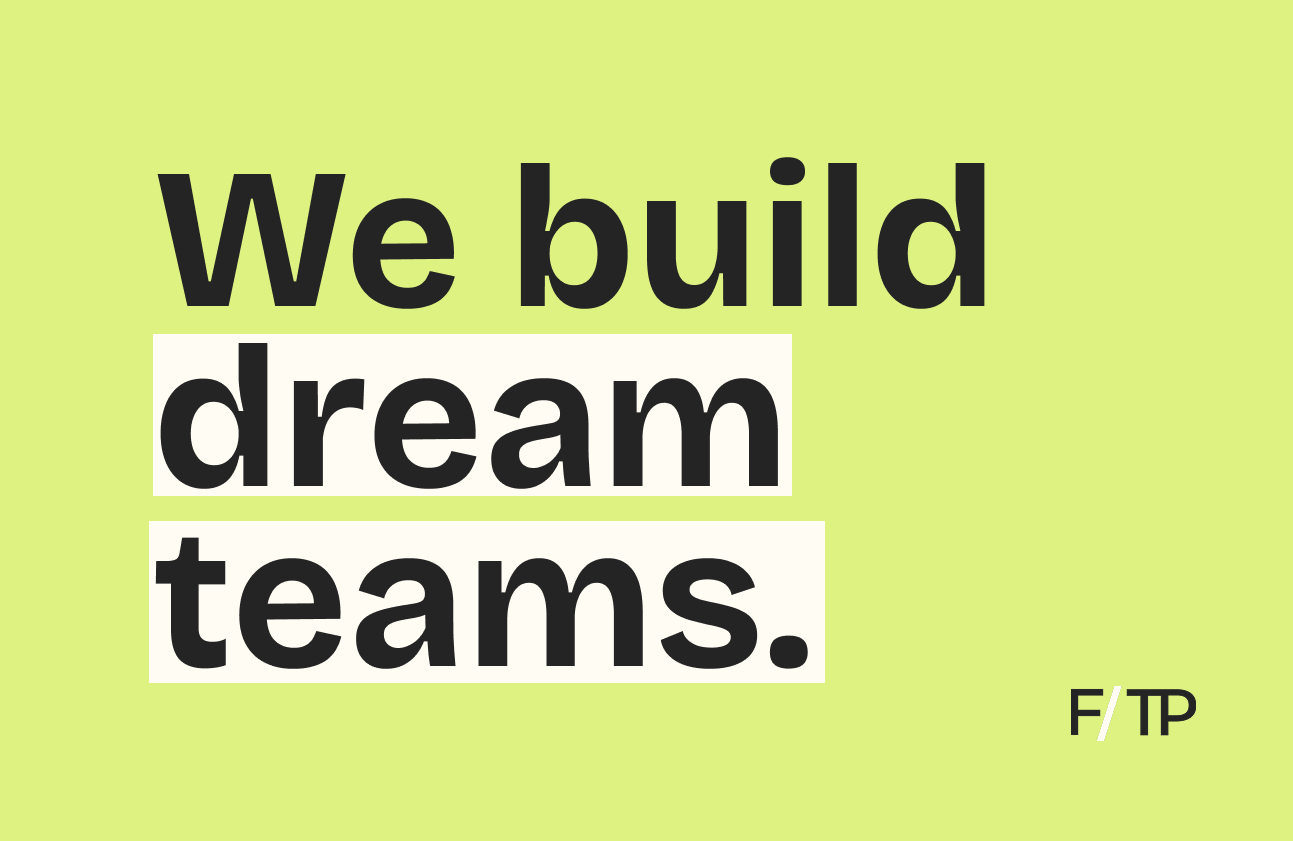From depression and substance abuse to suicide, the mental health crisis is spiraling out of control.
As a result, whether it’s in-person therapy or tech intervention, high-quality care is increasingly difficult to come by.
The latest: Attempting to intervene, The National Suicide Prevention Lifeline recently switched to a three-digit number. Now, dialing 988 connects callers to immediate support.
Expanding beyond suicide, the US-based network of 200+ crisis centers will field mental health, substance use, or emotional distress issues.
For context: A dire situation, levels of suicide, drug use (both illicit and prescription), depression, and stress spiked during the pandemic — and aren’t going down.
- 40% of Americans are dealing with mental health or substance abuse issues, per the CDC.
- Antidepressant prescriptions rose 8.7% from 2019 to 2021, compared with 7.9% from 2017 to 2019.
- In 2020, the US reported a suicide every 11 minutes, becoming the leading cause of death for those aged 10–34.
And, despite a rise in mental health awareness—and reduced stigma—there aren’t enough trained professionals to meet demand.
Shrink Shortage
The care shortage is probably worse than we think.
Attempting to quantify the crisis, government officials use an outdated method to assign resources.
Basing its assessment on the number of mental health professionals in a given geographic area, a shortage is declared if the ratio of people to psychiatrists exceeds 30K. Complicating matters, according to the WSJ, virtual care isn’t part of the equation:
“These ratios may overstate shortages where many patients access practitioners in other regions via telehealth, and understate shortages where they don’t.”
Following the ratio, 150M+ Americans are officially in a shortage area, but the reality is likely much higher — meaning funding and support isn’t reaching places in need.
Another troubling stat, one in six calls to the suicide prevention lifeline is abandoned before being answered because call centers are understaffed. Worse, only 16% of state-run centers believe they have the long-term funding to stay open.
Teletherapy overload. Digital care was supposed to help shoulder the load, but, as barriers to entry lowered, so did health outcomes.
- Teletherapy providers have been accused of putting growth ahead of patient safety when prescribing medication.
- Former therapists for AbleTo, BetterHelp, and Cerebral report being saddled with “abusive” workloads of up to 1K patients.
- Surging during the pandemic, mental health apps have seen downloads and active users decline.
Takeaway: With no easy solution in sight, curbing the crisis at hand will require a concerted effort across government, healthcare, tech, and more. Unfortunately, as psychologist Alex Stratyner sees it, the problem will likely get worse before it gets better: “There has not been a processing on a grand scale of what it is we just endured [during COVID].”






